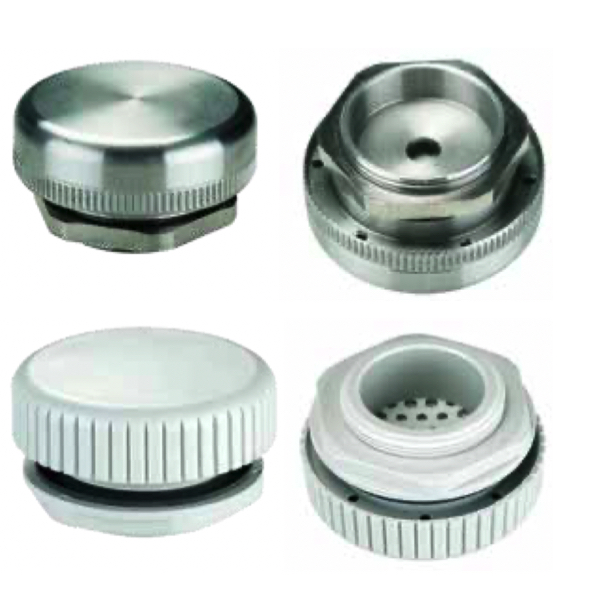Enclosure Pressure Compensation

Enclosure pressure compensation is a crucial aspect in the maintenance and operation of enclosures, especially those housing electrical and electronic equipment. These enclosures often contain installed heat-generating components, which can lead to a rise in internal temperature and consequently, an increase in internal pressure. Without proper management, this increase in pressure can lead to pressure fluctuations that are harmful to the integrity of the enclosure.
A pressure compensation device is typically installed to manage these issues. This device works to balance the internal pressure of the enclosure with the outside ambient temperature and pressure conditions. In scenarios where there is a tightly sealed enclosure, the result of heat generated by electrical components can create significant pressure differentials. These differentials can be harmful, not only to the enclosure itself but also to the optimal performance of the electronic equipment inside.
More Information about Enclosure Pressure Compensation
The mechanism of pressure compensation often involves slow pressure equalization. This process accommodates temperature fluctuations, which are a common challenge in environments where electronic equipment is used. For instance, in an outdoor setting, the ambient temperature can vary significantly, leading to changes in the internal pressure of the enclosure.
To counteract these issues, some pressure compensation devices use a semipermeable membrane inside the enclosure. This membrane allows for the exchange of air in a controlled manner, helping to maintain a balance between the internal and external pressure. It's particularly effective in preventing negative pressure scenarios, which can occur if the internal air cools rapidly and contracts.
Moreover, the design of the enclosure itself plays a role in pressure compensation. Elements like the enclosure wall, door seal, and sealing gasket are designed to ensure optimal air permeability while still protecting the contents from external elements. This design consideration is essential to ensure that the pressure inside the enclosure does not deviate significantly from the external pressure, thereby ensuring the safety and longevity of both the enclosure and its contents.
Enclosure pressure compensation involves managing the internal environment of enclosures, particularly those with heat-generating electrical components, to safeguard against pressure fluctuations and ensure optimal performance. This is achieved through devices and design features that facilitate slow and controlled pressure equalization, accommodating both temperature and pressure changes.
Purge System Basics
3 common reasons to use purge systems
They allow electrical enclosures to be installed in hazardous areas without the need for explosion proof enclosures.
They recycle the air inside of an enclosure, reducing the internal temperature.
They help reduce the effects of corrosion on components housed within the enclosure.
How does a purge system work?
Purge systems use incoming air from a supply line, solenoid valves, pressure gauges and pumps, to constantly maintain a positive pressure inside an enclosure. This prevents any flammable gases from entering the enclosure potentially causing an ignition event to occur. By maintaining a positive pressure within the enclosure, moisture and corrosive gases are also prevented from entering the enclosure and damaging components. Most purge systems will ensure that the air inside the enclosure is recycled a certain amount of times within a given time period. This air recycle function assists in maintaining a cooler temperature within the enclosure.

